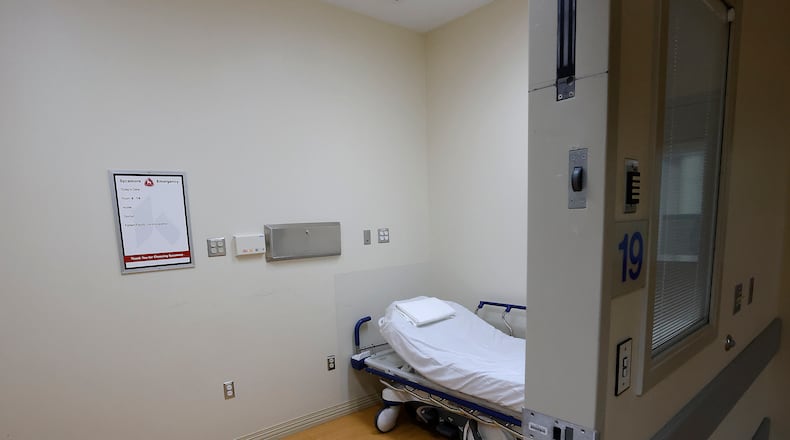The PAUSE – Not All Pain Is the Same program helps clinicians across the country provide opioid-free care by offering education on alternatives to opioids for five key types of pain: benign headache, dental pain, neck or back pain, joint pain and benign abdominal pain.
“PAUSE focuses on implementing alternatives in these situations that effectively manage pain without exposing patients to potentially addictive substances,” Pook said.
Pook created the PAUSE program in 2016 in response to data showing that patients prescribed high-doses of long-acting opioids are at an increased risk for opioid dependency or overdose death.
Since the implementation of PAUSE, Kettering Health’s use of opioids has dropped approximately 20% and repeat emergency visits for minor pain complaints have decreased by more than 50%, the hospital system said.
Health providers take the conditions and type of pain into account when deciding the most appropriate medication for treatment, Pook said.
“For example, if you have a joint problem, whether it’s acute or it’s chronic, the literature supports the use of Tylenol and Ibuprofen for treatment of both as being superior to that of opioid treatment,” Pook said.
They have other alternatives in the case a patient might not be able to take those medications, like a comorbiditiy preventing them from using Tylenol and Ibuprofen, she said. Alternatives could include muscle relaxers, over-the-counter recommendations like Lidocane patches or a referral to physical therapy.
Kettering Health is receiving a three-year, $1.39 million grant from the Substance Abuse and Mental Health Services Administration (SAMHSA) to expand the PAUSE program.
The SAMHSA grant will fund the placement of emergency department pain navigators in all 13 of Kettering Health emergency departments. Pain navigators connect with patients during their emergency department visit and after discharge to maximize opioid-free pain management, Kettering Health said.
Kettering Health also plans to create educational materials, as well as host training sessions for providers to learn more about utilizing opioid alternatives, identifying opioid use disorder and connecting patients with necessary addiction recovery services.
Providers interested in learning more should contact grantmgt@ketteringhealth.org.
Kettering Health has 14 area medical centers and more than 120 outpatient locations throughout Western Ohio, as well as Kettering Physician Network, which includes more than 700 board-certified providers.
About the Author

